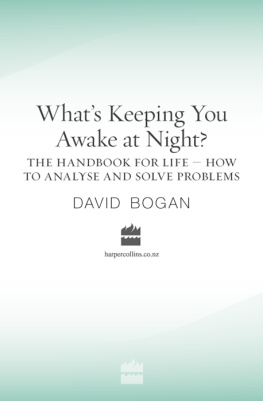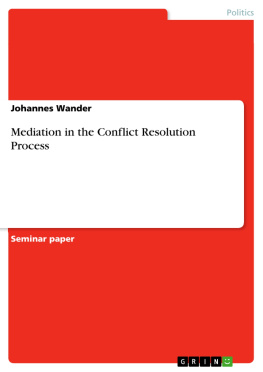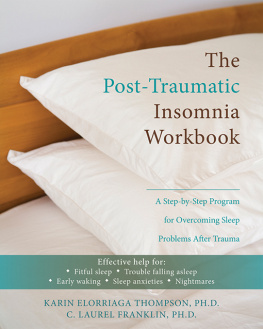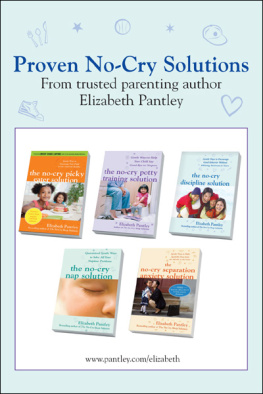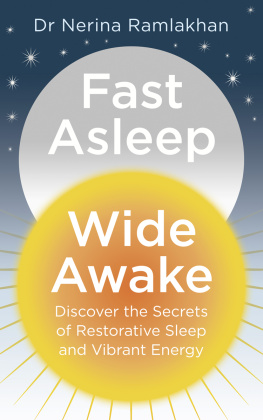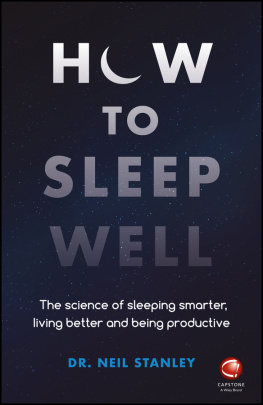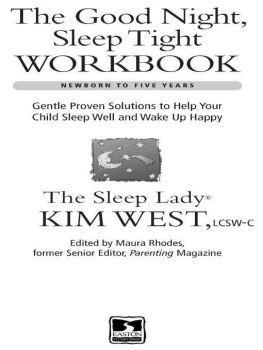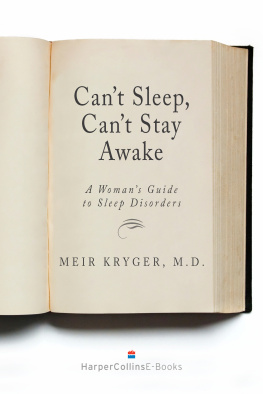The case studies referred to in this book represent a
composition of the characteristics of multiple individuals
and diverse circumstances over a period of time. Their
purpose is purely to demonstrate the concepts which are
being discussed, and any similarity to real individuals or
circumstances will be entirely coincidental.

This book outlines several common areas of conflict, and demonstrates how even seemingly hopeless and complex issues can be readily resolved. Not only can anyone, regardless of their profession, greatly benefit from this book, but it can also be used by those readers specialized in conflict resolution who seek innovative tools and techniques for improving and facilitating their skills.
Readers dont require any specific background or experience to grasp the potential use of the dozens of tools David Bogan provides us for disentangling human conflicts. The author places people in common situations and uses very helpful frames and metaphors to guide any person on how to deal with conflict effectively.
David Bogans lifetime career in problem-solving and helping to deal with a multitude of difficulties has given him much time to contemplate both the highly ritualistic world of conflict and the importance of the human factor. His career has covered thousands of matters, at least three of which have ended up in booksLawyers, Guns and Money; Thirty Pieces of Silver and Into The Abyss: Death-Rapand many others have had prominent coverage in the national news media, some running for years.
David has worked in many varied roles: he has been Chief Manager Legal and Recoveries for a major corporation, mediating internationally for 16 years; he spent 10 years as a telephone crisis counsellor; and he has been director of a multinational crisis agency and chair of two major non-profit organizations dealing with crises and addictions.
Due to his ongoing education, which has included both attending and teaching at specialized courses throughout the UK and USA, he has continued to learn about all aspects of conflict and conflict resolution.
This book shows that David has been able to see common characteristics in disputes where he has facilitated solutions, disputes which involved everything from medication to murder, civil and criminal frauds, major class actions, matrimonial, family and relationship disputes, child custody, medical misadventures and wrongful deaths.
David is sharing with us his wisdom for dealing positively with human co-existence. His enticing style of writing is the result of a natural conflict-solving mind, a lifetime career in helping people, and a literary talent for using expressions that penetrate into our souls. I greatly enjoyed reading this book and feel very fortunate to be writing this foreword.
I want to comment on the title of this book. People with problems often have sleepless nights, and David has set out to address those problems and help lessen the tensions that keep you awake.
Am I safe? This beautiful metaphorical question represents an inevitable feeling in situations when an individuals welfare comes into conflict with other humans within the group. Conflict is a fact of life, and David has selected those universal processes that are present in situations where conflicts need to be managed to feel safe.
The book deals with humans in the flesh, not with idealized people. It contains advice and exceptions; it does not pretend there is a one-dimensional approach to all possible human conflicts; it is not dogmatic. The collection of cases he describes illustrates a huge diversity of approaches and conflicts, and a variety of adequate responses. He warns us frequently against judging ourselves and others.
The wisdom of the author is easily accessible and pedagogically sound. He begins each chapter with a brief presentation of the theme; next he exemplifies the theme by giving examples of people dealing with conflict in concrete contexts; and finally he ends with a brief summary of what can be learned or unlearned about effective conflict resolution. David has the talent to concentrate on the universal processes represented in the situations he uses, rather than looking just at the specifics involved in each case.
David also avoids a common mistake made by those who write about conflict resolution: he does not overemphasize the character of the facilitator or the rituals that may be convenient. Instead, David objectively observes people with problems in their context and discovers ways to sort them out. I recommend this book to anyone interested in learning what works in conflict managementand what doesnt.
I must tell the reader that, although David and I come from very distant places separated by oceans, I discovered in reading and studying his multiple works that we essentially see the same human being and the same strategies for conflict resolution. In my humble opinion, this common view reinforces the validity and utility of the thinking and experience he incorporates in this book. We are all unique, but we are not very original.
Professor Luis Miguel Diaz
Centre for Interdisciplinary Management of Conflicts
To paraphrase Professor Luis Diaz, I wrote this book to show how the highly ritualistic world of conflict that is human co-existence pivots on the human fulcrum. Problem-solving and mediation, both on a professional level and an individual level, is an exciting and dynamic field. By learning about the underlying concepts at play when conflict arises, you can benefit every single day from understanding what is taking place around you.
One of the fundamental ideas I will be talking about involves boundaries, and what happens when a boundary is set, approached and breached. To start at the literal beginning, you are the result of a boundary breachwhen your fathers sperm hit your mothers egg; before then, you didnt exist. At the moment the eggs boundary was breached, you were created and immediately imprinted with the first genetic imprint of any new organism, the survival mantra Am I safe?, which is going to feature a lot in what I will be discussing as we proceed.
Its also interesting to note that the word problem is number 24 on a ranked listing of the worlds 400 most commonly used nouns. It sits behind words like time, child, man, woman and work, and ahead of the word fact, which sits at number 25. The words solution and resolution are nowhere in sight. What does this tell us? That we live in a world beset by problems which we accept, try to ignore, or avoid because we think we cannot change them.
Wrong! We can.
Ever heard of neuroplasticity? Its the ability of the brain to be trained and retrained, and, more importantly, describes the process by which the body regenerates the new brain cells needed to do this, at any age. Not only can you change the habits of a lifetime, you and your brain will benefit from doing so. Scientifically, this would be referred to as engaging and enabling gender-neutral positive neuroplasticityor, to put it in words we can all understand: youre never too old to learn and all learning is beneficial.
This book will help you manage change and deal with problems and conflict much more efficiently, which in turn will help you to reach your full potential. Problem-solving is an exciting and dynamic field where its possible to achieve immediate benefits simply by being more aware and better skilled at understanding problems and dealing with them in a simple and practical way. Dealing successfully with problems provides instant gratification with long-lasting results.

